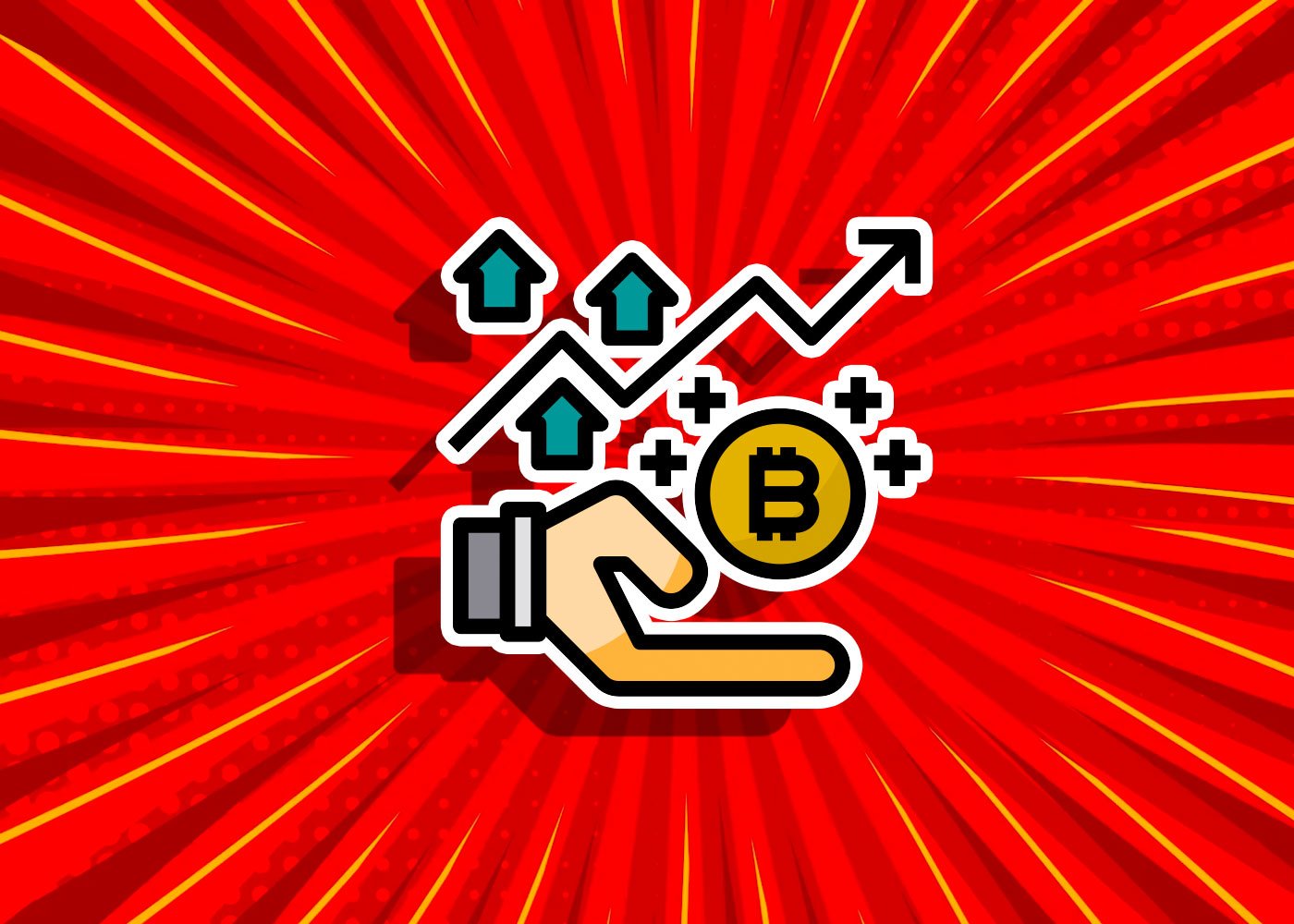Do you ever wonder why your loan balance continues to increase over time, even if you’re making regular payments? Many people don’t understand how loans work and why their loan balance doesn’t come down as they make their payments. To help demystify the process, this blog post will explain exactly what happens when a loan is taken out and what makes your loan balance increase over time. Whether you have an existing loan or are considering taking one out soon, understanding these principles will help you better control your financial situation.
What Is a Loan Balance?
Your loan balance is the total sum owed to your lender and consists of both principal money borrowed and additional interest or charges. Every payment you make goes towards reducing this amount until it eventually reaches zero when all debt is satisfied. The size of your loan balance has a direct influence on what kind of monthly payments you will be asked to make as well as how much the entire loan will end up costing over its duration, so ensuring that it’s kept in check should be at the forefront of any borrower’s mind!
What Makes Your Loan Balance Increase Over Time?
There are several factors that can cause a loan balance to increase over time. Some of these factors include:
Interest Rates:
Interest rates are an extra cost for the borrower in addition to the principal, calculated as a percentage of their loan amount. This rate is determined by different factors such as credit score, loan type, and market conditions. When interest rates rise on a specific loan, it could cause monthly payments to rise – making them more difficult to pay off – and also slow down how quickly they can reduce their balance due since higher proportions of each payment will be allocated towards interest rather than principal repayment.
Loan Terms:
Regarding loan repayment, the duration of your payment plan is key. Longer terms can lead to diminished monthly payments but also mean that more money will be spent in interest over time – which means that instead of decreasing, the overall loan balance may increase as you pay back what you borrow. To avoid this pitfall and save money, consider choosing a shorter-term payment option when taking out or refinancing any form of credit!

Late Payments and Fees:
Late payments and associated fees can cause a borrower’s loan balance to balloon. For instance, if timely repayments are neglected or delayed, the lender will impose an extra fee on their debt, which raises the debtor’s overall amount more than what was originally borrowed. Furthermore, should delinquency persist for extended periods beyond that point, further charges, including collection costs and attorney fees, may be incurred to incentivize repayment- leading to yet another increase in the total debt burden.
Capitalization:
Capitalization happens when unpaid interest is added to a loan’s principal balance. This can happen if a borrower enters into forbearance or deferment and pays only the interest on their loan or when they make an interest-only payment. Consequently, this will mean that more than what was borrowed needs to be paid back since it has been added to the principal amount due – thus causing a significant increase in one’s total loan balance – particularly for those who are unable to continue paying off what is owed.
Payment Allocation:
Payment allocation is allocating payments from a borrower to their loan’s principal and interest. When borrowers make repayments, lenders can decide how much will be allocated towards each – possibly more toward interest than what goes against the actual balance itself. This means that less money is going into reducing your loan amount, causing it to take longer for you to pay off. It’s essential to understand payment allocation as this impacts how quickly you can clear your debt!
Borrower actions:
Additional borrowing can result in more debt, but deferring payments or entering a forbearance agreement can also add to your loan balance. As interest continues to accrue on the total amount you owe, paying down what is owed will become increasingly difficult. Borrowers must understand the possible repercussions of their actions before making any decisions about loan repayment plans.
Let’s Sum It Up:
To sum it up, a loan balance is the total amount of money owed by the borrower on loan and comprises of both principal and interest as well as any fees. Many things can increase this figure, including late payments, accrued interest rates, length of the repayment period, additional costs such as capitalization, etc., payment apportionment, or simply through actions taken by those in debt. Borrowers must comprehend these variables to make educated decisions when borrowing funds while also managing their debt proficiently.






















































































![BitTorrent [New]](https://s2.coinmarketcap.com/static/img/coins/64x64/16086.png)






















